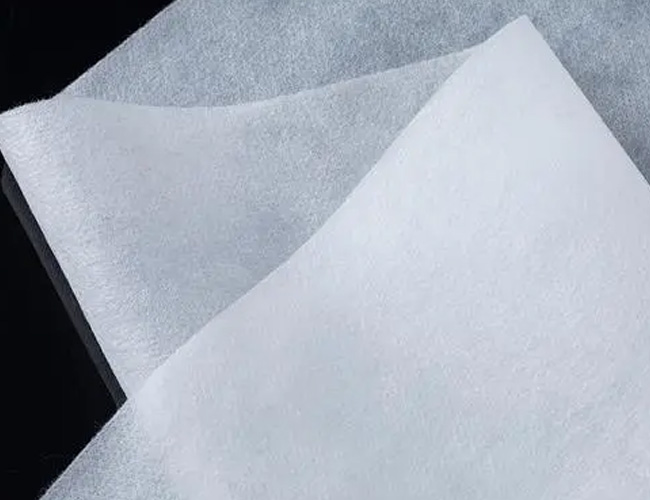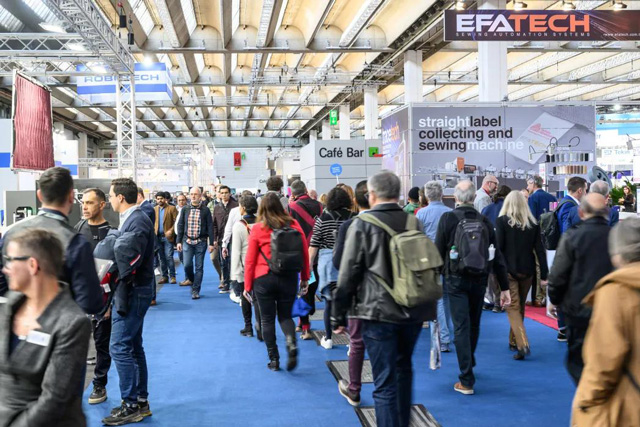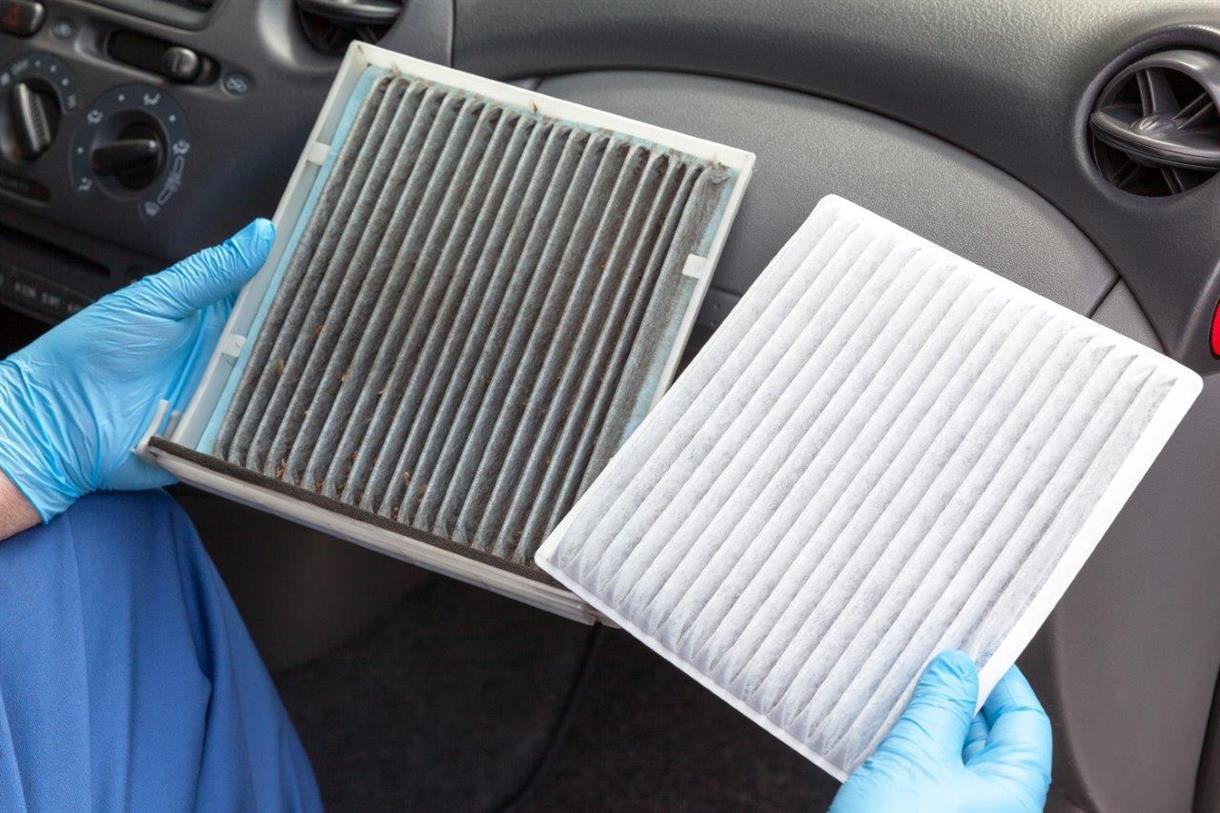
Laminated fabric is a new type of material made of one or more layers of textile materials, non-woven materials and other functional materials through bonding and lamination. In the process of garment customization, it is composite material that often used in some scenarios where there are special functions for the fabric. It is not a universal fabric type.
Laminated nonwoven is a new type of packaging material, which can be compounded in various ways for nonwoven and other fabrics, such as lamination treatment, hot pressing treatment, glue spraying treatment, ultrasonic treatment, etc. Through the compounding treatment, two or three layers of fabrics can be laminated together to produce products with special functions, such as high strength, high water absorption, high barrier, high hydrostatic pressure resistance, etc. laminated materials have been widely used in medical, health, protective, industrial and automotive industries.
Laminated fabric, also known as pressed fabric, is a new type of fabric that combines the advantages of both fabrics by laminating two fabrics or more often, a film with the fabric. Nowadays, it is more and more widely used in the field of clothing, especially outdoor sportswear and functional clothing with special purposes. Laminated fabric is good or not, it can be evaluated from its advantages and disadvantages.
1. Good abrasion resistance: good abrasion resistance, which can resist daily wear and tear and make the clothes more durable.
2. Good comfort: good comfort can provide a comfortable wearing feeling.
3. Waterproof: good waterproofness can effectively prevent rainwater from penetrating inside the clothes.
4. Breathable: good breathability, can effectively discharge sweat from the body and keep the clothes dry inside.
5. Dirt resistance: good dirt resistance, can effectively resist dirt so that the clothes remain clean.
6. Microfiber fabric is soft to the touch, breathable, moisture permeable, and has obvious advantages in terms of tactile and physiological comfort.
1. Higher price;
2. Lower tensile strength;
3. Poor abrasion resistance;
4. Poor water resistance;
5. Easy to deformation;
6. Easy to fade.
The laminated fabric can be washed in water. Because of the production process of laminated fabrics and the processing of many kinds of fabrics, there are very many points that we need to pay attention to when washing the fabrics, such as the temperature of the water when washing, the choice of detergent, the materials used when washing the fabrics, and the drying conditions after the washing is finished. The following are the matters that need attention:
1. In the case of not having machine washing conditions, for some not very dirty laminated fabrics to take a kind of washing, commonly used cleaning materials are alcohol, water, and ammonia mixture, and some weak alkaline detergent, these are for the stain range is small turn wool laminated clothing washing methods, these methods are very good.
2. The use of dry cleaning is also a good effect. The advantage of dry cleaning is that it can clean both the surface dirt and lining dirt and stains, and the efficiency is much higher than manual cleaning. Among them, tetrachloroethylene is the ideal material, and it is a dry cleaning agent commonly used in the laundry industry. But tetrachloroethylene has a certain degree of toxicity, must be used with caution.
3. In the case of hand washing, we can not use the brush, and the force should also be very well controlled, because the laminated fabric if more than dropped, then it will not be able to achieve the effect of warmth.
laminated fabric is a fabric made by mixing two or more different fibers together, which has various advantages:
1. Light texture: laminated fabrics are lighter and thinner than single fiber fabrics, which can provide better breathability and comfort.
2. Abrasion resistance: laminated fabrics are more abrasion resistant than single fiber fabrics, which can provide longer service life.
3. Moisture absorption: laminated fabrics are more moisture absorbent than single-fiber fabrics, which can absorb sweat faster and keep the body dry.
4. Elasticity: laminated fabrics are more elastic than single fiber fabrics, which can provide a more comfortable wearing feeling. 5. Warmth: laminated fabric is warmer than single-fiber fabric, which can provide better warmth performance.
Yes, you can. You can iron on laminated fabrics, but only on the other side of the fabric, using a dry/low setting and a press cloth. Make sure you don't accidentally grab the laminate lining that may hang over the edge of the fabric while ironing; this will ruin your fabric and the iron.
Among the many classifications of laminated fabrics, there is a class of laminated fabrics that is very special, not because of how widely it is used, but because of its various functions, which are very favored by the fashion industry and enterprises, and it is the functional conforming fabrics. Applications are as follows:
1. Shoes: insoles, uppers, boots.
2. Bags: bag lining.
3. Helmets motorcycle helmets, protective helmet lining, lining.
4. Medical: medical equipment, medical boots.
5. Car: seats, roof cloth (roof cloth) 6. Packaging: computer bags, mouse pads, straps, pet bags, belts, and other multi-functional, multi-purpose product applications.
The so-called functional fabric means that by changing the nature of the fabric, adding functional materials, and adding various additives in the production process or after finishing so that the fabric itself has a special role and super performance that general clothing fabrics do not have.
Comfort functions: high elasticity, memory, heat preservation, windproof, waterproof, wrinkle-free, moisture absorption, and perspiration, etc;
Health function: anti-mildew and anti-bacterial, anti-mites, anti-virus, anti-mosquito, anion health care, etc;
Safety functions: wear-resistant, low-temperature resistance, anti-UV, flame retardant, anti-static, etc.
This laminated fabric is perfect for making sportswear, with good elasticity and good warmth. Of course, the appearance of this laminated fabric is also extremely good, and has long become a hot clothing product in the market. Most of the common laminated fabrics are used only as jacket tops and windbreakers with bright colors and an extremely strong sense of use.
Unlike the former, this fabric is made by combining the fabric with the lining, and a special adhesive is used. This material has a good texture, is less expensive than the former, and is more suitable for garment production.
Functional laminated fabric is suitable for making into various bed sheets, mats, and other items. This fabric has water repellency and is also resistant to radiation and abrasion, making it very useful.
laminated fabric is a fabric made by mixing two or more different fibers together, which has various advantages:
1. Light texture: laminated fabrics are lighter and thinner than single-fiber fabrics, which can provide better breathability and comfort.
2. Abrasion resistance: laminated fabrics are more abrasion resistant than single fiber fabrics, which can provide longer service life.
3. Moisture absorption: laminated fabrics are more moisture-absorbent than single-fiber fabrics, which can absorb sweat faster and keep the body dry.
4. Elasticity: laminated fabrics are more elastic than single-fiber fabrics, which can provide a more comfortable wearing feeling.
5. Warmth: laminated fabric is warmer than single-fiber fabric, which can provide better warmth performance.
The laminated process of gluing, hot pressing, drying, and other processes have an impact on the color of the fabric.
The surface fabric is a light color, the bottom cloth is dark color, and color superimposed on the bottom cloth color will have a greater impact on the color of the surface cloth.
After the fabric is compounded, due to the poor fastness of the fit, when washed, the phenomenon of local unraveling or blistering.
Non-stretch thin fabric for the surface cloth, the base cloth knitting thicker, easy to occur when folding out the phenomenon of wrinkling.
The surface cloth and bottom cloth shrinkage difference is greater than 3 points and the fabric thickness difference between the laminated fabric will produce due to shrinkage differences in thin fabric surface formation bark wrinkle effect.
Woven fabric species light color system, fabric species thin, glue ripening after the surface of the fabric can be seen glue dots.
The organization is sparse, the feel is hard, and the glue seeps out of the cloth easily.
White fabric, especially white tweed material, after compounding due to the backing of the base cloth leads to white fabric color yarn and other fabric defects are particularly prominent.
PU compound production process compound glue easy to fly into the impurities (such as hair, fiber shavings, and other impurities), compound light-colored fabrics when the entrapped foreign matter will appear on the surface of the cloth.
Elastic fabric and non-elastic fabric laminated and elastic fabric thickness than non-elastic fabric thick, in the laminated production process, if the fabric tension control is not good is very easy to roll the edge phenomenon.
The laminated fabric has a better effect than ordinary combined fiber, the fabric surface is delicate and exquisite, in the color is also bright, in daily maintenance should also pay attention to, as follows:
1. We can't dry clean when we wash.
2. Dry cleaning chemicals will destroy the surface of the fabric coating, and do not get the waterproof effect, after washing can only be done by hand.
3. Do not wash too often, after each pass just wipe with a clean damp cloth can be.
All Rights Reserved: https://www.groupgf.com/info-detail/laminated-fabrics
Copyright Notice: This is an original (translated) article from G&F Group Inc., please indicate the source from G&F GROUP INC... If there is any infringement, please contact us first.
 Techtextil & Texprocess Rounded Off
Techtextil & Texprocess Rounded Off
 Nonwovens in daily life ----- filtration
Nonwovens in daily life ----- filtration
 Nonwovens in daily life ----- automotive
Nonwovens in daily life ----- automotive
 What is SAP – superabsorbent polymers
What is SAP – superabsorbent polymers